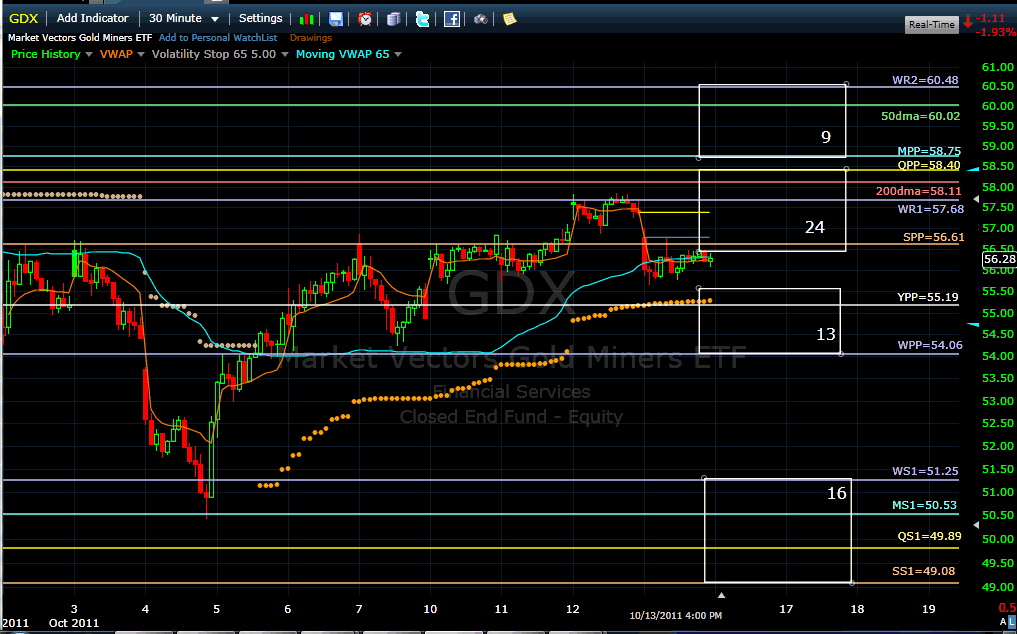Forum Clusters 111014.xlsx
“The pros visualize what they can lose and how painful that will be, whereas the amateur sees only the opportunity and the joys of winning.” Michael Martin - http://www.huffingtonpost.com/willow...b_1007831.html
No edges, no positions and multi-pivots paths of least resistance still strongly biased to the downside for both IWM and GDX. But ATR is dropping fast, encouraging risk appetite and bulls to open new long positions.
Billy





 Reply With Quote
Reply With Quote
